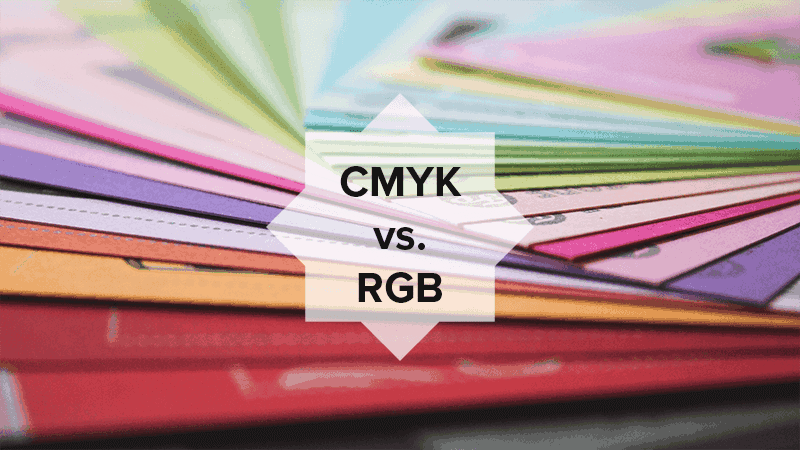

When a client wants more than a website it is important to know the basics of print design and web design and to know how they work together. If you know the basics, you can make a complete and coordinated branding package utilizing with web and print designs. Working with CMYK (cyan, magenta, yellow, black) and RGB (red, green, blue) designs and combining them together in a branding package can be tricky and learning how color works can be the key to getting a successful color coordination for both your website and your printed designs such as business cards and brochures. An easy way to remember is anything dealing with the web should be in RGB mode and anything dealing with printed material should be in CMYK mode.
Is it essential?
Think about things this way: monitors emit light and paper will absorb light. Computer monitors show color as red, green and blue light at a low-medium resolution usually 72-75 dots per inch. Print production usually requires the four-color process CMYK in high resolution of at least 300 dpi.
By combining the primary colors red, green and blue in equal amounts you will get the secondary colors cyan, magenta, and yellow, with an overlap of all three primary colors giving white. Although colors can be achieved by merging red, green and blue light, monitors are capable of displaying only a limited range of the visible spectrum.
So when you want to convert your web files to produce artwork for business cards or brochures, changing the format from RGB to CMYK is very important for those printed documents.
Printers will use RGB files, but they will convert the files to CMYK and that can result in dull color representation in the final printed project. Converting your file to CMYK gives you better control over the final image outcome.
Susan Sullivan
Susan lives in the Dallas/Fort Worth Metroplex area with her husband and children. She is an avid distance runner, environmentalist, part-time beekeeper, chicken farmer and amateur photographer.
